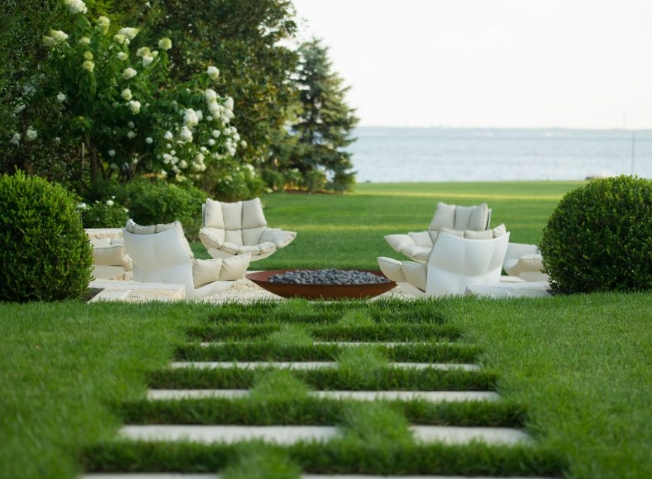Exploring the World of Contemporary Landscape Designers
Contemporary landscape designers are reshaping outdoor spaces, incorporating innovative ideas and sustainable practices that enhance our connection with nature. As urban areas expand, the importance of thoughtful landscape design becomes increasingly apparent, providing balance, beauty, and functionality. This article delves into key trends and influential figures in the world of contemporary landscape design.
Sustainable Practices in Landscape Design
Sustainability is at the forefront of contemporary landscape design. Designers are increasingly implementing eco-friendly practices that not only beautify outdoor spaces but also address environmental concerns. Utilizing native plants reduces water usage while fostering local biodiversity. Designers are also incorporating rain gardens and permeable pavements to manage stormwater effectively. By prioritizing sustainability, landscape designers contribute to healthier ecosystems and promote responsible interaction with our natural surroundings.
Innovative Use of Materials
A hallmark of contemporary landscape design is the creative use of materials. Designers often blend natural elements with modern finishes to create visually striking environments. For instance, incorporating materials like corten steel or reclaimed wood can add warmth and texture to urban landscapes. Furthermore, advancements in technology have introduced new materials that enhance durability and usability. This experimental approach allows designers to push boundaries, creating unique spaces that cater to the specific needs of their users while remaining environmentally conscious.
Influential Contemporary Landscape Designers
Several contemporary landscape designers are making waves with their unique visions and influential projects. One notable figure is Piet Oudolf, known for his naturalistic planting designs that celebrate seasonal change. His work emphasizes perennials and grasses, creating landscapes that are both beautiful and low-maintenance. Another key player is Thomas Heatherwick, who integrates architecture and landscape design, transforming spaces through innovative urban planning. By studying the works of these influential designers, aspiring landscape architects can gain insights into blending creativity with functionality, crafting spaces that resonate with communities.
In conclusion, the field of contemporary landscape design is dynamic and vital to the way we experience our natural environment. By embracing sustainable practices, experimenting with materials, and learning from influential designers, we can appreciate and enhance our outdoor spaces. If you are intrigued by the world of landscape design, consider exploring further or even participating in local workshops to broaden your understanding and appreciation of this art form.

